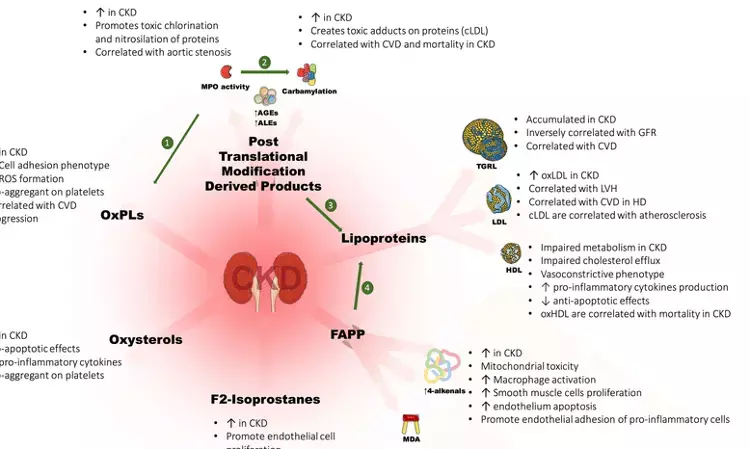- Home
- Medical news & Guidelines
- Anesthesiology
- Cardiology and CTVS
- Critical Care
- Dentistry
- Dermatology
- Diabetes and Endocrinology
- ENT
- Gastroenterology
- Medicine
- Nephrology
- Neurology
- Obstretics-Gynaecology
- Oncology
- Ophthalmology
- Orthopaedics
- Pediatrics-Neonatology
- Psychiatry
- Pulmonology
- Radiology
- Surgery
- Urology
- Laboratory Medicine
- Diet
- Nursing
- Paramedical
- Physiotherapy
- Health news
- Fact Check
- Bone Health Fact Check
- Brain Health Fact Check
- Cancer Related Fact Check
- Child Care Fact Check
- Dental and oral health fact check
- Diabetes and metabolic health fact check
- Diet and Nutrition Fact Check
- Eye and ENT Care Fact Check
- Fitness fact check
- Gut health fact check
- Heart health fact check
- Kidney health fact check
- Medical education fact check
- Men's health fact check
- Respiratory fact check
- Skin and hair care fact check
- Vaccine and Immunization fact check
- Women's health fact check
- AYUSH
- State News
- Andaman and Nicobar Islands
- Andhra Pradesh
- Arunachal Pradesh
- Assam
- Bihar
- Chandigarh
- Chattisgarh
- Dadra and Nagar Haveli
- Daman and Diu
- Delhi
- Goa
- Gujarat
- Haryana
- Himachal Pradesh
- Jammu & Kashmir
- Jharkhand
- Karnataka
- Kerala
- Ladakh
- Lakshadweep
- Madhya Pradesh
- Maharashtra
- Manipur
- Meghalaya
- Mizoram
- Nagaland
- Odisha
- Puducherry
- Punjab
- Rajasthan
- Sikkim
- Tamil Nadu
- Telangana
- Tripura
- Uttar Pradesh
- Uttrakhand
- West Bengal
- Medical Education
- Industry
Lipid Profile Changes may predict Mortality Risk in hemodialysis Patients: Study

Researchers have found in a new research that in hemodialysis (HD) patients, baseline HDL-C levels and changes in LDL-C over three years were significant predictors of all-cause mortality. However in contrast, no significant risk factors were identified in the peritoneal dialysis (PD) group.
Changes in lipid levels over time and the associated all-cause mortality have not yet been studied in different populations of patients undergoing dialysis. This study aimed to investigate the differences in time-varying serum lipid levels and all-cause mortality among haemodialysis (HD) and peritoneal dialysis (PD) patients over a 5-year follow-up period.
This observational study included Chinese patients with end-stage renal disease (ESRD) who started HD or peritoneal dialysis at Sun Yat-sen Memorial Hospital from January 2010 to February 2018. Changes in lipid profiles and trends of change in overall survival rates between the two groups were investigated. Risk factors for the outcome were identified, and the optimal cut-off values were determined using ROC analysis.
Additionally, the relationship between the group variable and the outcome measure was assessed using linear regression with a generalized estimating equation (GEE) model.
Results: A total of 141 patients (74 HD patients and 67 PD patients) were enrolled in the study. Forty-three (30.71%) patients died during the follow-up period. Compared with the HD group, the peritoneal dialysis group had significantly greater triglyceride (TG) (Year 1 and Year 2) and low-density lipoprotein cholesterol (LDL-C) (Year 2) levels and significantly lower high-density lipoprotein cholesterol (HDL-C) (Year 1 and Year 2) levels. There was no significant difference in total cholesterol (TC) levels. The GEE results revealed similar changes in lipid levels between HD patients and peritoneal dialysis patients over time.
The Kaplan‒Meier survival curve revealed that there was no significant difference in overall survival between the two groups (log-rank test, P = 0.119). Furthermore, the multivariate Cox proportional hazard regression models demonstrated that baseline HDL-C levels (HR: 0, 95% CI: 0 to 0.11; P = 0.004) and changes in LDL-C levels from baseline to 3 years of follow-up(difference from 0 to 3 years of follow-up) (HR: 0.21, 95% CI: 0.09 to 0.53; P < 0.001) were associated with a greater risk of death in HD patients. An increase in LDL-C levels (difference from 0 to 3 years of follow-up) ≤ 0.24 mmol/L in HD patients and age ≥ 53 years in all patients initiating dialysis was associated with a significantly increased risk of mortality.
The baseline levels of HDL-C and changes in LDL-C levels over a three-year period were significant predictors of all-cause mortality in HD patients, which differed from the lack of significant risk factors observed in the peritoneal dialysis group.
Reference:
Xu, Z., Zeng, Y., Liang, Y. et al. Association between time-varying serum lipid levels and all-cause mortality in haemodialysis and peritoneal dialysis patients. BMC Nephrol 26, 199 (2025).https://doi.org/10.1186/s12882-025-04119-x
Dr. Shravani Dali has completed her BDS from Pravara institute of medical sciences, loni. Following which she extensively worked in the healthcare sector for 2+ years. She has been actively involved in writing blogs in field of health and wellness. Currently she is pursuing her Masters of public health-health administration from Tata institute of social sciences. She can be contacted at editorial@medicaldialogues.in.
Dr Kamal Kant Kohli-MBBS, DTCD- a chest specialist with more than 30 years of practice and a flair for writing clinical articles, Dr Kamal Kant Kohli joined Medical Dialogues as a Chief Editor of Medical News. Besides writing articles, as an editor, he proofreads and verifies all the medical content published on Medical Dialogues including those coming from journals, studies,medical conferences,guidelines etc. Email: drkohli@medicaldialogues.in. Contact no. 011-43720751


